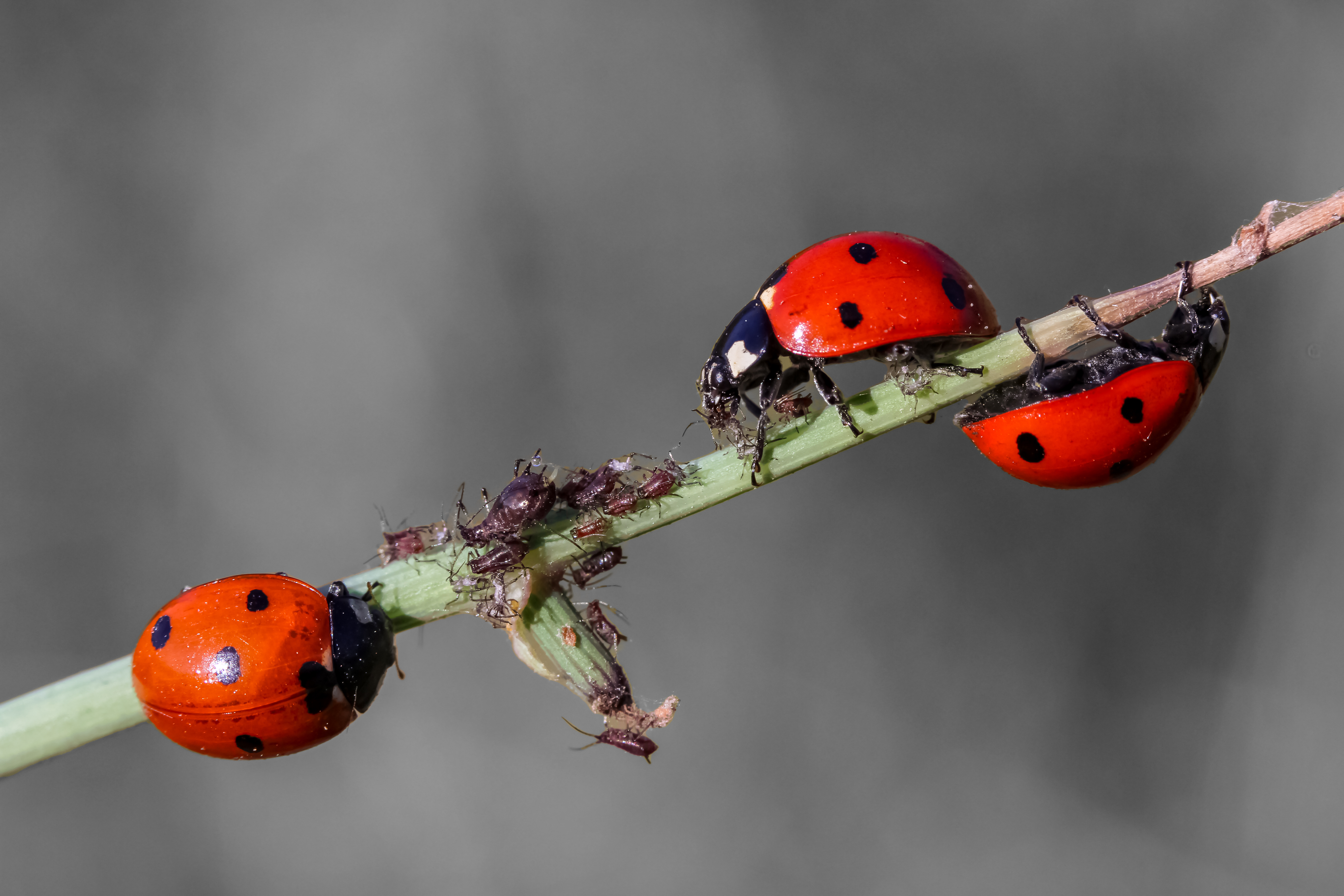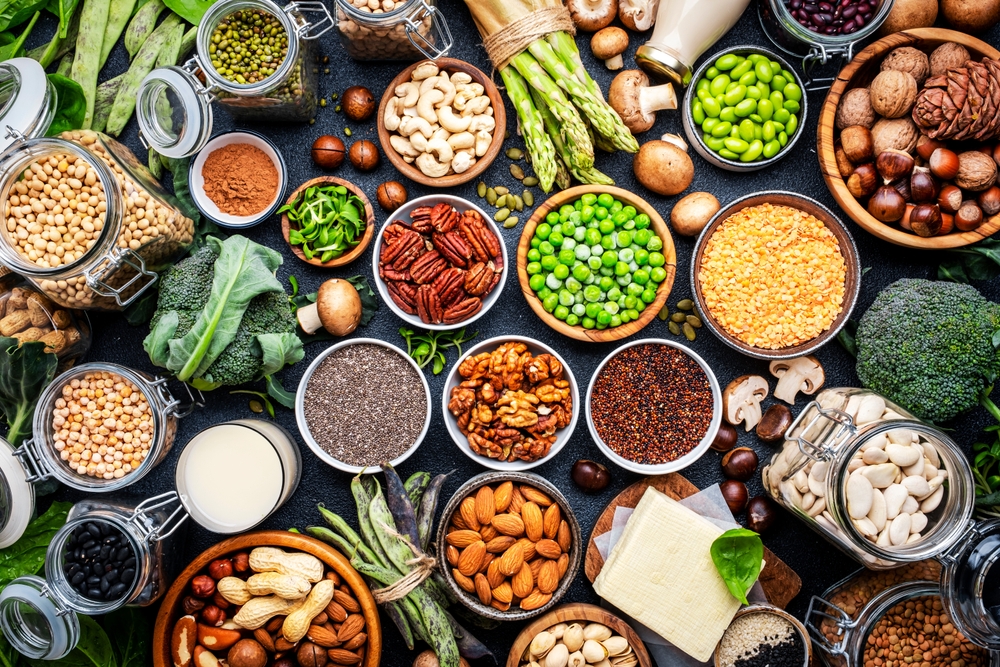The phasing out of chemical pesticides is going faster than the development of alternatives. As a result, Dutch farmers and horticulturalists are in trouble when it comes to combatting pests and diseases. So what’s the next step? Resource followed a Dutch parliamentary hearing with WUR researcher Marleen Riemens, LTO and the Louis Bolk Institute.
Dutch agriculture and horticulture currently rely on the systematic use of crop protection products to combat diseases (fungi, bacteria, and viruses), pests (nematodes and insects) and weeds. The products not only increase the yield, but also the quality and reliability of the harvest. Worldwide, diseases, pests and weeds cause a 40 per cent yield reduction if they are not dealt with, but there are increasing concerns about the harmfulness of chemical pesticides. That is why governments want to reduce dependency on them. In the Farm to Fork strategy, the EU wants to reduce the use of chemical agents by 50 per cent, a process that is already underway. Dutch growers used five million kilos of pesticides in 2020, 11 per cent less than in 2016, according to figures from Statistics Netherlands.
New system
The Dutch government wants to develop a new system of integrated crop protection with its Crop Protection Implementation Programme 2030. That new system is based on five principles, explains Marleen Riemens, research coordinator for Field Crops at WUR. ‘Firstly, we need farming systems with more crop diversity in terms of space and time, such as strip cultivation, which limits diseases. Secondly, we need to develop robust plant varieties that are more resistant to diseases and pests. Thirdly, we should introduce sustainable soil management and, fourthly, sensors and precision agriculture should be used to ensure that growers can intervene quickly and precisely in the event of pests and diseases. Fifthly, growers must have access to low-risk pesticides; natural enemies of pests, and weeding robots.’
Old shoes
The growers, united in the farmers’ organization LTO Nederland and the sector organization Arable Farming, welcome this programme, but with reservations. ‘LTO agrees with the objective, but in the implementation the growers’ scope for action gets lost. Old shoes are being thrown away before there are any new ones,’ LTO wrote to the Lower House. ‘Dutch farmers have great difficulty in growing a healthy crop because the traditional crop protection package is shrinking rapidly while there are still no effective and affordable alternatives.’
Old shoes are being thrown away before there are any new ones
The transition to a new farming system with low pesticide use is stalling. There are several reasons for this. Approval of alternative products is slow because they have to go through a stringent and lengthy procedure. It takes an average of eight years for a new product to be authorized, says Artemis, the sector association for biological crop protection agents. ‘If the admission procedure isn’t speeded up, we can’t possibly achieve the objectives of the Implementation Programme,’ writes Artemis. Several interest groups recommend that bodies such as EFSA and CTGB (see inset) are given more money to expand their evaluation capacity.
Potatoes and onions
Another problem is that both the government and the private sector invest too little in research into integrated crop protection, Marleen Riemens argues. This is because both the development and the application of alternative agents and systems are very knowledge-intensive and complex in practice. Riemens gives two examples related to potato and onion cultivation. ‘Potato growers have to contend with two major diseases: phytophthora and potato cyst nematodes. Some potato varieties are resistant to either phytophthora or nematodes, but no varieties are resistant to both diseases.’ The development of such a variety takes years, even with new techniques such as CRISPR-Cas, so Riemens is now concentrating on looking at other ways of reducing the disease pressure for potatoes. The most important of these is a broader use of crop rotation.
There is a similar problem with onions, which suffer from a fungus called downy mildew. There was a resistant onion variety, but that resistance has probably been overcome. Weeds are a problem for onion growers too. They have always used herbicides to control weeds, but these will eventually be banned. So what’s to be done? Riemens’ group is researching cultivation systems that give mildew less of a chance and is simultaneously looking into whether and how growers can limit weed infestation with a combination of sowing methods, sowing dates and mechanical weeding.
Puzzle
Riemens’ group is also studying the potential of bacterial preparations for potato leaves, which give phytophthora less chance, and of natural enemies of thrips, a harmful insect for certain vegetables such as leeks. They are also carrying out trials with strips of flowers running through fields of vegetables, so that ichneumon wasps are attracted, which can then attack pests. Riemens: ‘Each time, the researchers have to solve a complicated puzzle, looking at plant varieties, cultivation methods, soil quality, cropping plans and pest control options: all aspects of the five principles we’ve mentioned.’
Researchers always have to solve a complicated puzzle
For the organic sector, the transition seems very simple: produce only organic food, and you will be rid of chemical pesticides. This is why the Louis Bolk Institute, the research organization for organic agriculture, advocates a paradigm shift. The old system was based on controlling individual diseases and pests, sought to eliminate natural variation and aimed to achieve a static balance using chemical agents. The new organic paradigm, on the other hand, is based on the cropping system, it exploits natural variation, it wants to support the self-regulation of natural systems, and it opts for a dynamic balance.
The organic sector is already applying measures that WUR’s Field Crops group is investigating, such as the use of micro-organisms, flower strips and a broader cropping plan to suppress diseases. However, this new system is not yet well developed. According to Artemis, in outdoor crops, less than two per cent of the pesticides applied are biological, so there is a huge amount of catching up to do. Likewise, the Louis Bolk Institute says research into crop protection based on ecological processes is lagging behind.
Two sides
So the organic sector too is in need of more research and control options. Organic growers now achieve an average yield of 72 per cent of what conventional growers get. Switching to organic cultivation and crop protection therefore only pays off for the conventional growers if the price or yield of organic produce increases significantly.
‘Organic farming uses far smaller amounts of pesticides, but not exclusively organic ones,’ says Riemens. ‘A sense of opposing sides is often created, but the task for the organic sector is the same as for the conventional sector. We must all take a holistic view of diseases and pests in order to develop a new system.’
We must all take a holistic view
This is an urgent matter because the EU’s Farm to Fork strategy aims to halve pesticide use by 2030. What can farmers do meanwhile? ‘Try out alternatives,’ says Riemens. ‘There is no point in digging your heels in. They could test new robust varieties or try mechanical weeding instead of herbicides – things like that.’
Control
Two bodies play an important role in the phasing out of existing crop protection products. The European Food Safety Authority (EFSA) assesses the safety of active substances in Europe and the Dutch Board for the Authorization of Plant Protection Products and Biocides (CTGB) assesses their safety and use in the Netherlands. They operate on the cautious principle that a substance may only be authorized if it has been demonstrated to be safe.
CTGB not only assesses the effects of active substances on humans, animals and the environment, but also the expected exposure during use. If the exposure is lower than the limit, the substance is deemed safe. The CTGB often prescribes measures to reduce use and/or exposure.
The work of the EFSA and CGTB has been criticized. A major criticism is that they determine the effect of one pesticide or active substance on diseases such as cancer, but that they do not simulate common practice, in which a cocktail of pesticides is used. Critics such as Nijmegen neurologist Bas Bloem think that combinations of agents are much more likely to have adverse health effects. For example, there are indications that a combination of glyphosate and the neurotoxin MPTP is extra toxic. EFSA should also test frequently used combinations of pesticides, according to Bloem.

 Photo: Shutterstock
Photo: Shutterstock 

